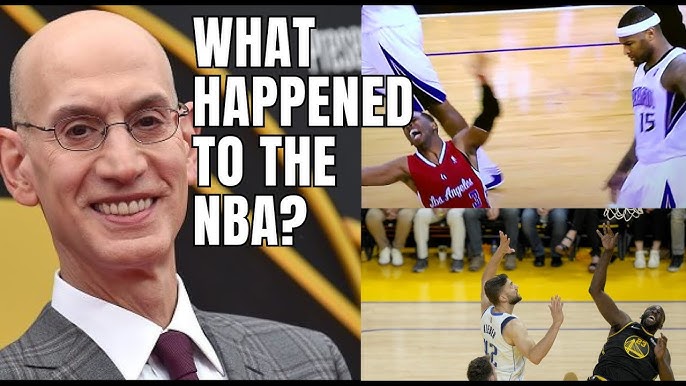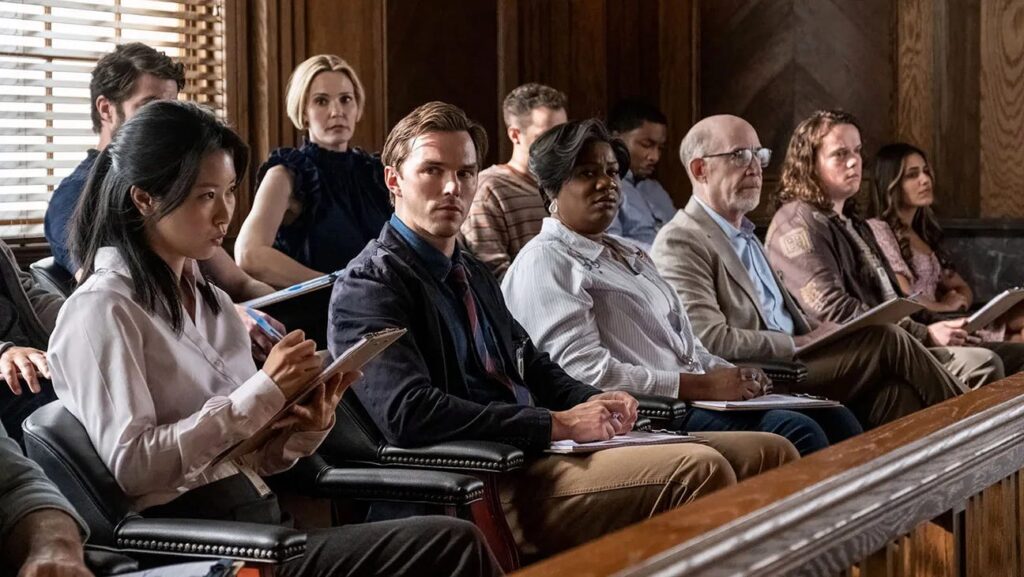The NBA is losing its grip on America’s attention, and the numbers prove it.
Over the past 20 years, the league has experienced an explosion in three-point shooting, growing from an average of 15.8 attempts per game in 2004 to a staggering 37.5 this season.
Yet, despite the increase in volume, the league’s three-point shooting percentage has remained stagnant, hovering around 35%. This inefficiency from beyond the arc isn’t just a basketball problem—it’s a business problem.
I love basketball. My mother, nicknamed “Mighty Mouse” in high school, earned her scholarship playing for Vanderbilt’s women’s team back when Peabody College was part of the program.
She taught me to love the beauty of the game: the pick-and-roll, the mid-range jumper, the art of the post-up. Today, those fundamentals are gasping for air in a league drowning in three-point attempts.
TV ratings have been declining for years, mirroring the rise of the three-point era. In the 2010-11 season, games on ABC averaged over 5 million viewers.
By last season, that number was barely 1.4 million—a 72% drop. This season, ESPN’s ratings are down another 28%, and TNT’s viewership is flat at best.
It’s not just that teams are shooting more threes. It’s that they’re shooting them at the expense of everything else.
The mid-range game? Dead. The post game? Buried. Even fast breaks often end in players pulling up for a corner three instead of attacking the rim. The obsession with “math” has turned the game into a spreadsheet.
And yet, the math isn’t even working. The league-wide shooting percentage on threes hasn’t budged in two decades. The supposed efficiency of these shots is an illusion when players are chucking them up in record numbers without any meaningful improvement in accuracy.
There’s a simple fix: the return of the inside game. Closer shots increase accuracy, plain and simple. Dominant big men like Shaquille O’Neal and Tim Duncan thrived because they lived in the paint, punishing defenses and drawing fouls.
Re-emphasizing the post game and mid-range play wouldn’t just diversify the offensive landscape—it would make games more engaging and unpredictable.
This isn’t the game my mother played. It isn’t the game I fell in love with. The drama of the NBA—the David versus Goliath battles, the thrill of last-second buzzer-beaters—feels diluted when every possession is a predictable sequence of drive-and-kick to the perimeter.
Fans notice. They’re not just voting with their remotes; they’re walking away. Critics like Shaquille O’Neal and B.J. Armstrong have called the modern game robotic, a monotonous barrage of three-point attempts that sacrifices entertainment for analytics.
This is still basketball, but it’s not the same game. It’s an endless loop of three-point attempts that rarely deliver the payoff they promise.
The NBA doesn’t need to eliminate the three-point shot, but it desperately needs to restore balance.
Until then, fans like me—and the viewers the league depends on—will keep looking elsewhere.
The NBA bet big on the three-point revolution. So far, it’s not a winning shot.



